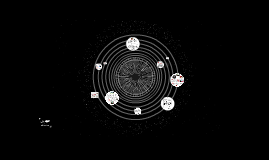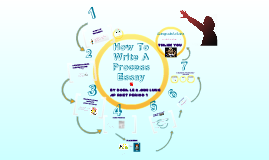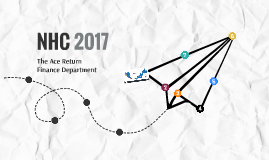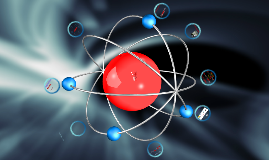A circular process
Transcript: When students are taken into account A Good Teacher must be... . And Brailovski mentions, “(…) This essential gestures (…): say and demonstrate, for the teachers, summary in the idea of ”explain”, assist and work, for students, added in the gestures of look, listen to, read and write”, “(…) ask and participate”. A CIRCULAR PROCESS Marion Williams and Robert Burden (1997: 120) suggest that motivation is a ‘state of cognitive arousal’ which provokes a ‘decision to act’, as a result of which there is ‘sustained intellectual and/ or physical effort’ so that the person can achieve some ‘previously set goal’. “The strength of (..) motivation will depend on how much value the individual places on the outcome he or she wishes to achieve”. The purpose of evaluation in learning... Students have to be motivated... Nunan (2011) reminds us that even controlled or guided activities can be fun, especially if they are turned into games or competitions (…)”. Dynamic. Continuous. Circular. Interpersonal. When Planning a Lesson As Antello says, "(...) The teacher understands students not only when she or he knows them inside the classroom, but knowing the world which they are living in, their environment, their likes, etc.”. And Roger states, “We have to consider the whole student, as a physical and cognitive, but primarily emotional, being”. Lesson Plans The teacher not only learns from books, she/he learns in the classroom, from students' movements, eye' contact, etc. As Davini says, “ The teacher is a mediator between the knowledge and students, he has to adequate the material to their capacities, their interests and the necessities of the particular group and the characteristics of the specific socio-cultural context”. Harmer states, “We need to try to match the activities we take into lessons with the students we are teaching. One way of doing this is to keep a constant eye on what they respond well to and what they feel less engaged with. ” To create an optimal environment for learning English, the input in the classroom needs to be comprehensible and just above the students ‘current level of English. Teachers can support comprehension of input by using lots of visual, realia, gestures, and caregiver speech.” (Krashen, 1981) As Harmer says, “Effective teachers are well-prepared. Part of this preparation resides in the knowledge they have of their subject and the skill of teaching. But another feature of being well-prepared is having thought in advanced of what we are going to do in our lessons”. As Litwin says, “Through games we help the acquisition of social proposals, behaviour habits, and work rules. The game among partners is a privilege method in the acquisition of behaviour that helps cooperation, teach solidarity and fraternity, good coexistence and help”. Freire says, “(…) who teaches, learns while teaching and who learns, teaches while learning”. As Harmer says, “An important tool in instruction is for the teacher to organize a demonstration of what is to happen. (…) Demonstration is almost always appropriate and will almost always ensure that students have a better grasp of what they are supposed to do than instructions can on their own”. "(...) One of the things that we are uniquely able to do on the spot is to use mime, gesture and expression to convey meaning and atmosphere. As Givrtz and Palamidessi state, “The evaluation (…) give us information. The purpose of an evaluation is to prove, check something related to the expected qualities of a person or a thing”. And Brown states, “Total commitment, total involvement, a total physical, intellectual, and emotional response are necessary to successfully send and receive messages in a second language”. As Roger says, “Teachers as facilitators must therefore provide the nurturing context for learners to construct their meaning in interaction with others”. Harmer reminds us, “(…) if we wish to develop a good learning environment in the classroom- we need to establish an appropriate relationship with our students. We need to spend time making sure that the teacher-student rapport is positive and useful.” add logo here

















